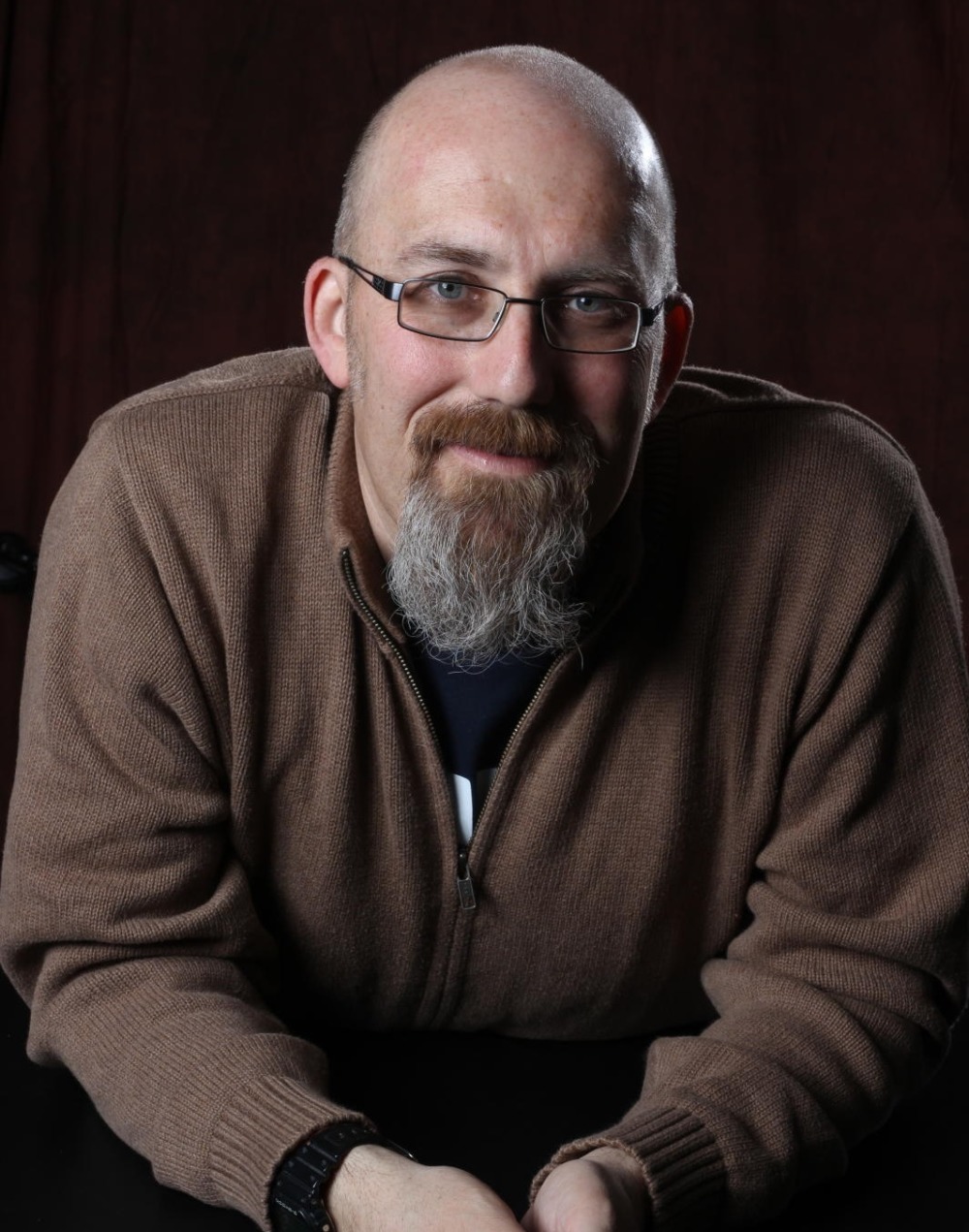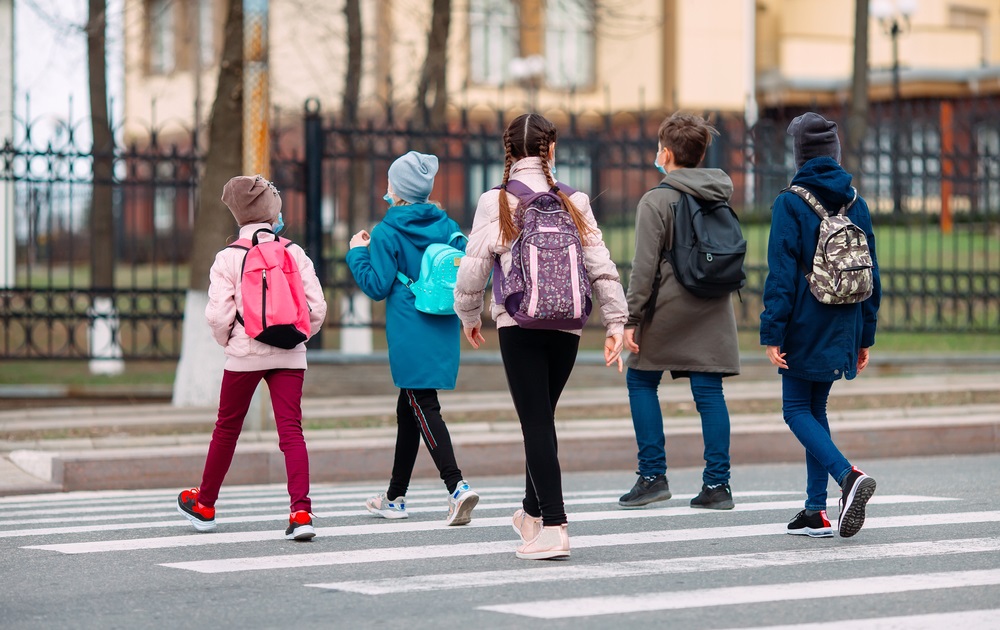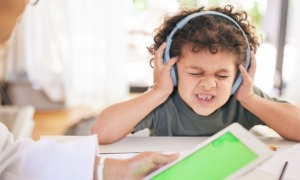Paul Boxer was in graduate school working toward a Ph.D. in psychology with a focus on childhood development when two 12th-grade students in Colorado shot and killed twelve peers and one teacher at Columbine High School, in what was at the time the worst school shooting in United States history.

Courtesy of Paul Boxer
Paul Boxer
Not only was Columbine a defining moment that would mark a new era of mass school shootings in the U.S., but it was also a turning point in Boxer’s career. After Columbine, Boxer shifted his research from exploring interventions to help kids deal with conflict and difficult emotions to focusing on young people on the fringes of society with serious behavioral issues, and how to prevent incidents like Columbine from happening.
More than two decades later, Boxer has become an expert in youth violence. He has co-authored 80 research papers and is head of the Rutgers Center on Youth Violence and Juvenile Justice. Even equipped with all his research, Boxer says it is still nearly impossible to predict who is going to become a school shooter. But he says there are warning signs for problematic and potentially violent behaviors and interventions that can help young people who exhibit those behaviors.
The interview
What did you learn from Columbine?
Columbine was a really interesting situation. When we started to look at the details of the histories of those two kids who did the shootings there were just so many warning signs that these kids were a problem. They clearly had some entanglements with the law and were seen as problematic to an extent by their teachers and by their peers. Maybe they couldn’t have been stopped. But certainly, at different points in their development, they could have received much higher quality intervention services than they did receive that could potentially have shifted them off that pathway.
What are the warning signs a young person is at high risk for violent behavior?
You can’t predict who’s going to become a mass shooter, but what you can do is reduce the risks across the board of a mass shooter emerging in a population of kids. What I’ve advocated for is evidence-based practices being available to kids at all points in development — from the very first moment they start showing signs of potentially having difficulties managing aggressive and violent behavior.
When I talk to teachers and counselors about this kind of stuff, the things that you might imagine are on that list, such as kids showing an obsessive interest in violence and guns. As a clinician, though, we always look for a change in baseline. You start to worry about a child getting involved in something problematic when there’s a very sudden and marked noticeable change in their behavior. For example, a child who’s very talkative, social and gregarious suddenly becomes very quiet and withdrawn, and there’s no kind of obvious external reason for that change.
What are some evidence-based interventions that can help kids who fall into this category of worrisome behavior?
For the kids who are on the high end of potential problems with antisocial and violent behaviors, and who are starting to have some contact with the justice system, the research really suggests three basic elements for successful program delivery.
1. Behavioral interventions: Changing the consequences and conditions around kids’ behaviors in a way that gives them different kinds of positive outcomes to work for as well as meaningfully negative consequences when they’re not doing what they’re supposed to be doing. Cognitive behavioral interventions can help kids learn better ways to think about problems and teach them better problem-solving strategies.
2. To whatever extent possible, these interventions have to meaningfully include the families of these kids. Whether they’re in a traditional nuclear family or a more nontraditional family, the family has got to be meaningfully engaged in the treatment process, including getting strategies themselves to handle their kids more effectively.
3. The final component is that the intervention services have to be delivered in the natural ecological context of these kids. Teachers should be onboard, principals, probation officers, a director of the local community recreation center, a coach, etc. There needs to be a supportive circle that includes conscientious, prosocial, positive adults who are committed to supporting this child in avoiding problem behavior and staying on a good track.
Where would kids and their families find these services?
Surprisingly, or maybe not surprisingly, the best programs are not housed in institutions. Some can be accessed at, say, a hospital outpatient clinic or a very forward-thinking community-based juvenile justice treatment center, but because of that last component, the natural ecology piece, these are primarily home and community-based services. Families aren’t receiving services in a formal clinical setting, the services are being brought to them, in the homes, the schools, in the rec centers, and this appears to be a very important component of effective delivery.
Is youth violence worse than when it was when you first started your research?
Youth violence isn’t any greater now than it ever has been by any stretch. Youth crimes are down, juvenile arrests are down. But there are problems that I worry about that are just as challenging and chilling to think about.
One number that is up is youth suicide. This has happened partly because of COVID and the accompanying isolation, but the trend was on its way up prior to COVID. One has to wonder how the current state of the world — systemic racism, police killings of unarmed Black men, resistance to gun regulations — and violence in the media is impacting this trend.
Our kids are now exposed to violence in their media environment more than they ever had been — I think that’s without question — in terms of seeing real-world violence, which is very easy to access now through social media, and violent content in films, TV shows and video games. We are desensitizing our kids to violence in a way that I think is extremely problematic. I don’t want my kids to be emotionally numb. I don’t want my kids to see scenes of real violence and not be bothered by what they’re seeing.
We’re nowhere near where things were like in the 90s when violence across the board was really high. But I also don’t want us to have a society of kids who just don’t care anymore because they’ve seen so much horror on their screens.
Regarding youth violence, what policies should we be paying attention to?
It would probably be good for people, in general, to be savvy about the gun laws in their states and how they’re changing or not changing. I don’t think folks are really aware of just how much diversity there is in the restrictiveness of these laws from state to state, and just how effective they are at the high end of restrictiveness. I think that’s an important thing for people to be aware of.
The Details
Residence: Livingston, New Jersey
Family: Married, three kids, one dog, two cats
Title: Professor of Psychology, Rutgers University; Director of the Rutgers Center on Youth Violence and Juvenile Justice
Hobbies: Hiking, traveling, reading, watching baseball
Recent reads: The Trees: A Novel, Percival Everett
First paid job: Shopping cart collector, Thriftway
Education: Doctorate in clinical psychology, Bowling Green State University; Bachelor of Arts, Williams College
***
Brian Rinker is a San Francisco-based freelance writer and journalist. He covers public health, child welfare, digital health, startups and venture capital. His work has been published by Kaiser Health News, Health Affairs, The Atlantic, Men’s Health and San Francisco Business Times. Brian received master’s degrees in journalism and public health from UC Berkeley.




























